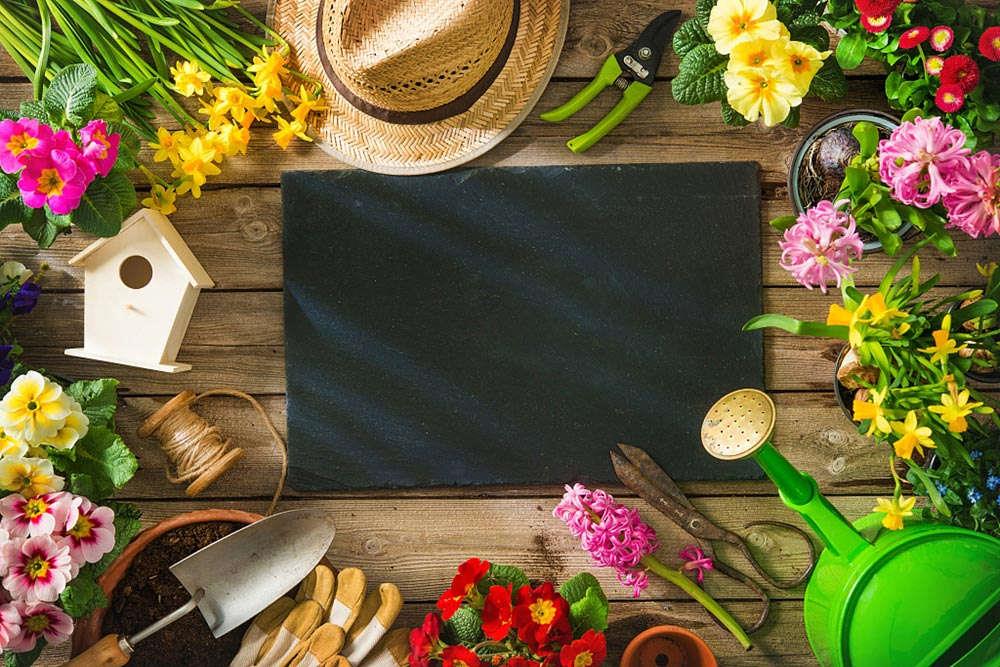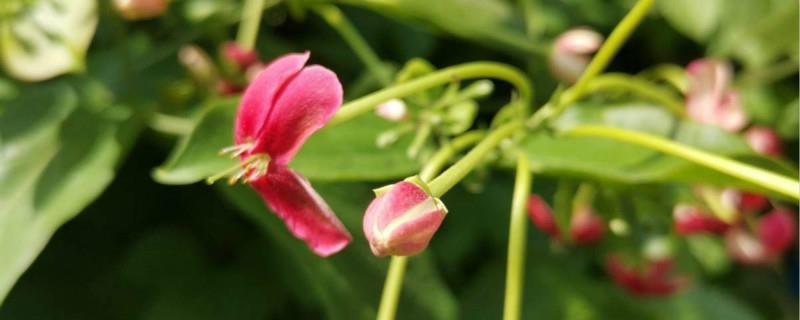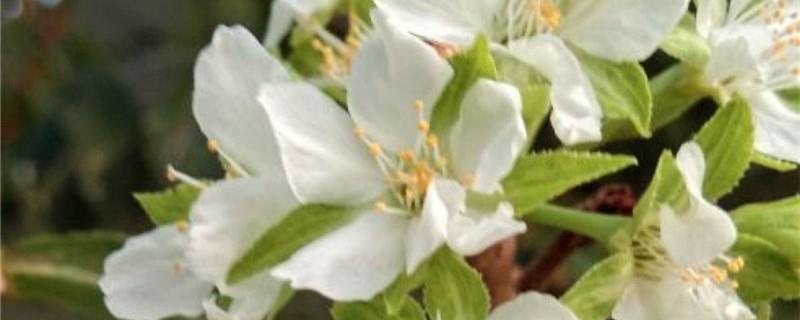How to grow Jerusalem artichokes
Last Update :2024.05.03
Article Catalog
3. Problem diagnosis and treatment
It is a perennial herbaceous plant. Its height is between three meters, and the stem is upright with many branches. Its leaves are opposite, the upper ones are alternate, and the shape is oval or elliptical. It has large flower heads and blooms from August to September. The original area is in North America, and later spread to Europe and China.

1. Maintenance methods
1. Maintenance methods
1. Temperature: Jerusalem artichoke does not have high requirements for it and has good adaptability. The most suitable temperature for it is between 18 and 22 degrees, but a slightly higher or lower temperature will not affect its growth. In winter, its tubers can tolerate temperatures as low as minus 30 degrees Celsius. However, if it is the above-ground part, it cannot be lower than minus five degrees.
2. Light: Jerusalem artichoke is a sun-loving plant. Generally speaking, its tubers can form and grow better if the light is maintained for about twelve hours a day. However, try to avoid too strong sunlight.

3. Watering: Jerusalem artichoke has very strong drought resistance. Not much water required. Moreover, its waterlogging resistance is not very good. Therefore, when replenishing water, you can replenish it after the substrate is dry, and no water can accumulate. For large-scale planting, it is necessary to prevent waterlogging and drain water during the rainy season.
4. Fertilization: Jerusalem artichoke does not have high requirements for nutrients in the soil. Just choose soil with the right amount of nutrients, and usually very little fertilizer is needed. Generally speaking, you only need to fertilize twice during the growing period. Once around May, urea was used. Once during the budding stage, use potassium sulfate.

2. Breeding skills
1 , Reproduction: Seed reproduction can be used. It is best to sow seeds in the spring, after the thaw. Choose suitable tuber seeds. When sowing, control the depth at ten to twenty centimeters, the row spacing at 0.5 meters, and the plant spacing at 0.5 meters.
2. Pruning: Usually, the main task is to properly repair its branches and leaves. Because it has high requirements for sunlight, if it is too dense and messy, it will seriously affect the light transmission. In addition, after the flowering period, the remaining flowers and flower branches also need to be repaired.

3. Problem diagnosis and treatment
1 , Diseases: The main one is "rust". The disease-causing spores will overwinter on the plants and cause disease when temperatures warm up the following year. It can be treated with fentanin. In addition, diseased plants need to be treated in time, and then attention should be paid to drainage, density control, etc.
2. Pests: Jerusalem artichokes are rarely affected by pests. If there are signs of pests, deal with them in time.

4. Other questions
1 . Toxicity: Jerusalem artichoke itself is non-toxic and harmless. However, mold will contain toxic substances when it becomes moldy.
2. Whether it can be grown at home: Yes, but generally people will not keep it as a potted plant at home because it is not for viewing.
2. Breeding skills
3. Problem diagnosis and treatment
4. Other issues
- END -
What are the legends and stories behind the flower language and meaning of the gentleman?

The flower language that makes a gentleman is good health. Because it has extremel...
Plum cultivation methods and precautions

Temperature: Plums have no strict requirements on temperature and can grow as long...